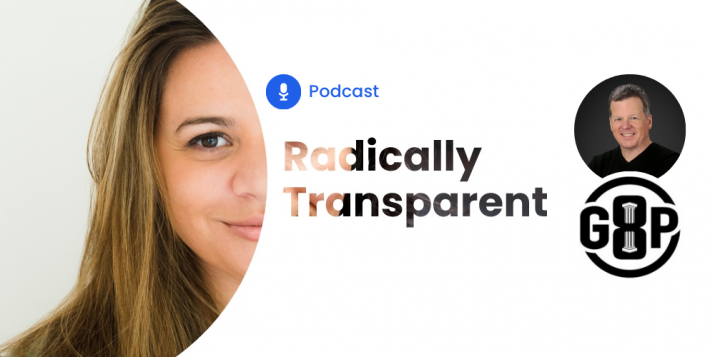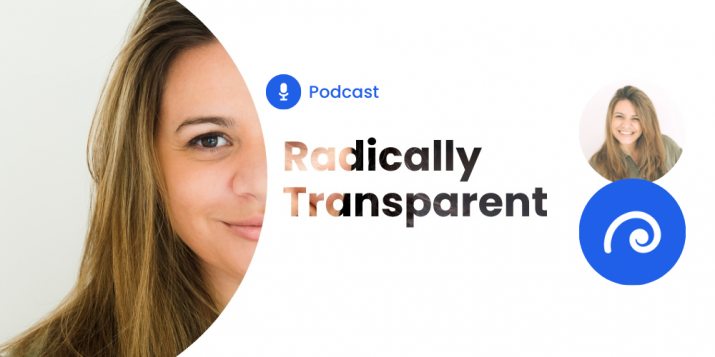
Marketing attribution models: How to avoid blind spots with social engagement data
Marketing attribution models help you understand which content, campaigns, and channels influenced buyers to convert or engage in a desired behavior. They prove your B2B marketing efforts work.
The discussions around the “perfect attribution model” for your marketing activities – typically focus on touchpoints:
- “Should I credit the most recent touchpoint?”
- “Should I credit the last touchpoint?”
- “Or should I ditch the dichotomy altogether by crediting all channels equally?”
It’s a tough choice. But to be clear, no matter which attribution model you choose to adopt, one thing remains certain: having a 360-degree view of the buyer’s journey across all of your channels is critical. If you’re only tracking website and email touchpoints but failing to capture social media interactions, then how can you accurately allocate marketing dollars in the future?
Social engagement: It’s more than “Brand Awareness”
Social media plays a pivotal role in the entire lead lifecycle. It’s both a first-touch acquisition source and an influencing factor throughout the buyer’s path to purchase. People learn about your brand through Google searches but also interact with it directly on various social networks:
- LinkedIn is the most ROI-positive network for B2B marketers, generating a whopping 80% of leads
- Twitter comes in second place, making up 13% of lead generation
- Facebook is also an effective B2B channel, generating almost 7% of leads
Frankly, most B2B marketers only track top-of-funnel activities like traffic and click-through rates on social media without considering the revenue side of these networks. They view social media solely as a brand awareness tool rather than viewing it as an engagement channel in which conversations start, and education continues.
In general, the only way to cut through the noise is to constantly understand which types of social activities are an indication of the best possible leads for your business.
A lead can go from clicking on a social post to downloading your webinar to watching a product demonstration. Shortly after watching a product demo, the lead speaks with one of your sales reps, an opportunity is created, and one month later they become a new customer. Clearly, that initial “social click” is what sparked the buyer’s interest in the product or service.
In a world where social engagement is ignored, 100% of revenue would be credited back to the webinar. But is this realistic?
No.
Let’s take a look at a real-life example.
Case Study: Socedo enhances its attribution models with social engagement
Lacking critical social media data, the marketing team at Socedo misattributed 4% of MQLs to the wrong source. Although 4% may seem insignificant, imagine there are thousands of qualified leads being credited to email or website when in fact, they came through social channels.
By integrating its social media management platform, Oktopost, with its marketing automation platform, Marketo, Socedo could finally track relevant social engagement and match those to individual contacts inside its lead database.
Ultimately, the company discovered that 24.9% of known leads had taken relevant social media actions each month, like clicking, liking, and converting from a post, which were previously ignored. They also found that leads generated through social media were 45% more likely to convert into opportunities.
With this advancement, Socedo understood the impact of social on sales growth and changed its attribution models. As a result, it shifted the way it allocates resources within the marketing team, giving more weight (about a quarter of its budget and time) to social media.
Avoid blind spots in your attribution model
B2B marketers always seek additional insights to reveal which content, channels, and campaigns brought the greatest return on investment. Failing to track activities a lead performed beyond your website and email hinders the accuracy of your attribution model.
Once you move away from treating social media as a mere “brand awareness tool, ” you realize the immense potential this channel has on educating, engaging, and converting buyers.
By connecting social engagement data with your marketing automation platform, you can see what prospects did before getting to your website and the actions they took to influence their decisions. The result is a precise attribution model with no blind spots.
Is siloed social engagement data killing your marketing progress? Discover how integrating Oktopost’s social media management platform with your marketing automation system can improve your attribution models. Request a demo now.


